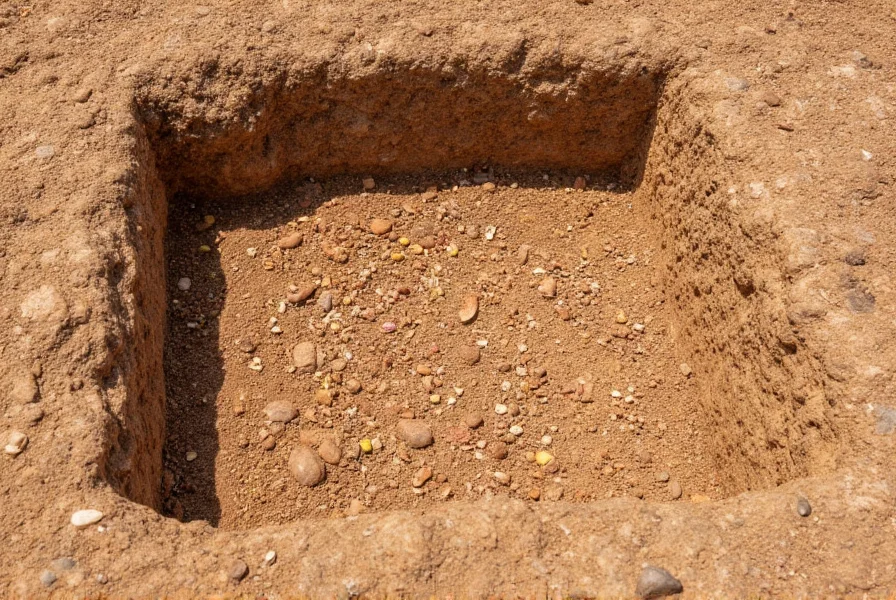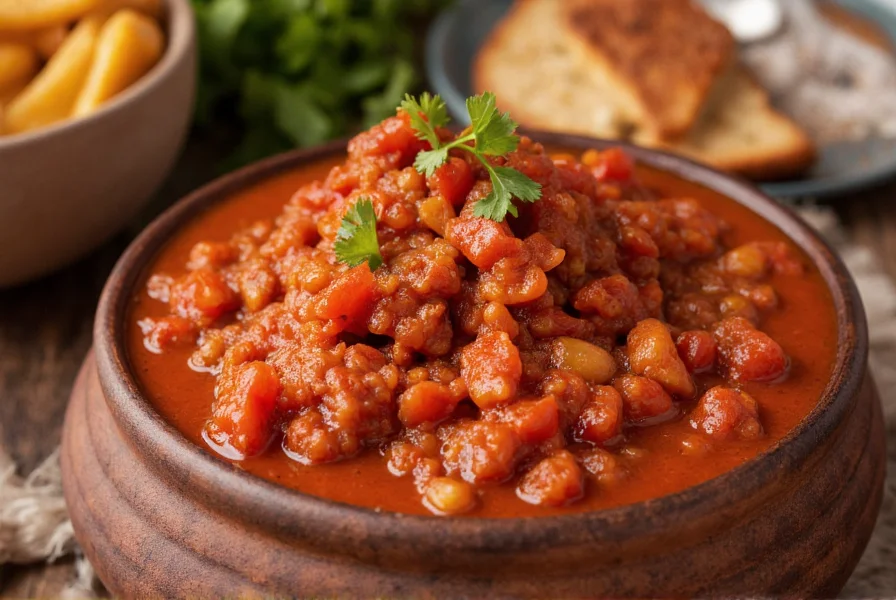For thousands of years, chili peppers have ignited palates and shaped culinary traditions worldwide. But where exactly did these fiery fruits begin their global journey? The answer lies deep in the history of the American continents, long before European explorers set foot on New World soil.
The Ancient Origins of Chili Peppers
Archaeological discoveries provide compelling evidence about where is chili from originally. Excavations at sites like the Tehuacán Valley in Mexico have uncovered chili pepper remains dating back to 6000-5000 BCE. These findings confirm that chili peppers are native to the Americas, with their center of origin spanning from northern Mexico through Central America.
The scientific classification of chili peppers falls under the genus Capsicum, part of the nightshade family (Solanaceae) that also includes tomatoes and eggplants. While many people ask where is chili from in terms of modern production, the historical origin story begins with indigenous Mesoamerican civilizations who first domesticated wild chili varieties.

Chili Peppers in Pre-Columbian America
Before European contact, chili peppers were already deeply integrated into the cultures and cuisines of indigenous American societies. The Aztecs, Mayans, and Incas all cultivated various chili varieties for culinary, medicinal, and even ritual purposes. Ancient texts and codices depict numerous chili types, demonstrating sophisticated agricultural practices.
Chili peppers served multiple functions in pre-Columbian societies:
- As a preservative for food in tropical climates
- As a medicinal treatment for various ailments
- As currency in some Mesoamerican marketplaces
- As a religious offering in ceremonial contexts
The Global Spread of Chili Peppers
The pivotal moment in understanding where is chili from globally came with the Columbian Exchange. When Christopher Columbus arrived in the Caribbean in 1492, he encountered chili peppers and mistakenly identified them as a variety of black pepper (Piper nigrum), hence the name "pepper." Spanish and Portuguese traders then carried chili seeds back to Europe and subsequently to their colonies in Africa and Asia.
Within just a few decades, chili peppers had spread to:
- Spain and Portugal (late 15th century)
- India and Southeast Asia (early 16th century)
- Africa (mid-16th century)
- China (late 16th century)
This rapid dissemination transformed local cuisines worldwide. Regions like India, Thailand, and China, which now seem synonymous with spicy cuisine, had no native chili peppers before the 16th century. Their culinary traditions quickly incorporated these new ingredients, creating dishes that today are considered national staples.
| Century | Region | Notable Developments |
|---|---|---|
| 6th millennium BCE | Mexico/Central America | First domestication of wild chili peppers |
| 15th century CE | Mesoamerica | Chili peppers integral to Aztec and Maya civilizations |
| Late 15th century | Europe | Spanish and Portuguese traders introduce chilies |
| Early 16th century | Asia | Chilies reach India via Portuguese traders |
| Mid-16th century | Africa | Chilies spread along trade routes |
Botanical Classification and Diversity
Understanding where is chili from requires examining the botanical family. The genus Capsicum contains approximately 25 species, but only five have been domesticated:
- Capsicum annuum (most common, includes bell peppers, jalapeños)
- Capsicum frutescens (includes tabasco peppers)
- Capsicum chinense (includes habaneros, ghost peppers)
- Capsicum pubescens (includes rocoto peppers)
- Capsicum baccatum (includes aji peppers)
Each species has its own center of origin within the Americas. For example, Capsicum chinense varieties likely originated in the Amazon basin before spreading northward. This diversity explains why questions about where is chili from often receive multiple answers depending on the specific chili variety in question.

Modern Chili Production Worldwide
Today, chili peppers are cultivated globally, with China being the world's largest producer, followed by Mexico, Turkey, Indonesia, and India. This distribution represents a complete circle from their original homeland. Mexico remains particularly significant as both a major producer and the center of genetic diversity for chili peppers.
Modern agricultural science continues to study the origins of chili peppers through genetic analysis. Recent research confirms that all domesticated chili varieties trace back to wild ancestors in specific regions of Mexico and Central America. This scientific evidence reinforces the archaeological findings about where is chili from originally.
Cultural Significance Across Continents
The journey of chili peppers from their origin to global prominence represents one of history's most successful culinary migrations. In each region they reached, chilies adapted to local tastes and cooking traditions:
- In Korea, chilies became essential for kimchi
- In Hungary, they transformed into sweet paprika
- In Thailand, they became central to curry pastes
- In Ethiopia, they feature in berbere spice blends
- In Jamaica, they flavor jerk seasoning
Despite this global integration, Mexico maintains the deepest historical connection to chili peppers. The country celebrates National Chili Day and recognizes chili preparation as an intangible cultural heritage. Understanding where is chili from isn't just about geography—it's about appreciating a culinary revolution that began in ancient Mesoamerica and now flavors kitchens worldwide.
Frequently Asked Questions
Where did chili peppers originate historically?
Chili peppers originated in what is now Mexico and Central America. Archaeological evidence shows they've been cultivated for at least 6,000 years in this region, with the Tehuacán Valley in Mexico providing some of the earliest known remains dating back to 5000-6000 BCE.
How did chili peppers spread from their origin to the rest of the world?
Chili peppers spread globally through the Columbian Exchange after Christopher Columbus encountered them in the Caribbean in 1492. Spanish and Portuguese traders then carried chili seeds to Europe, Africa, and Asia during the 16th century, where they quickly integrated into local cuisines despite not being native to those regions.
What is the scientific name for chili peppers?
The scientific name for chili peppers is Capsicum. They belong to the nightshade family (Solanaceae). The most common domesticated species is Capsicum annuum, which includes varieties like jalapeños, bell peppers, and cayenne peppers. Other important species include Capsicum chinense (habaneros), Capsicum frutescens (tabasco), Capsicum baccatum (aji), and Capsicum pubescens (rocoto).
Which country is the largest producer of chili peppers today?
China is currently the world's largest producer of chili peppers, followed by Mexico, Turkey, Indonesia, and India. Despite China's current production dominance, Mexico remains the center of genetic diversity for chili peppers and maintains the deepest historical connection to their origin and traditional use.
Are there wild chili peppers still growing in their native region?
Yes, wild chili pepper varieties still grow in their native regions of Mexico and Central America. Scientists study these wild populations to understand the genetic origins of domesticated varieties. Some wild chilies, like the chiltepin (Capsicum annuum var. glabriusculum), are still harvested and used in traditional Mexican cuisine, particularly in states like Sonora and Chihuahua.











 浙公网安备
33010002000092号
浙公网安备
33010002000092号 浙B2-20120091-4
浙B2-20120091-4